Feeding chickens is more than simply putting out some grains for your birds. If you are planning to grow chickens that provide you with high quality eggs on a regular basis you must know several basics about chicken feeding. When chickens first begin laying eggs, through the initial laying phase, they are still maturing. During this phase they must have a greater amount of protein. As the amount of eggs begins to diminish their protein requirements also fall.
Big commercial chicken growers recognize that protein is high-priced so they keep an eye on protein quantities carefully when feeding chickens. They begin by offering 18% protein for the earliest 4 months of their laying cycle and then cut it to approximately 16% at about 4 months. Protein is cut to 15% when the layers decline to about 65% egg laying production from their maximum.
Most small backyard chicken raisers aim to keep everything as uncomplicated as possible and thus give their laying hens the same diet throughout the entire laying cycle. This is ordinarily done with an all-mash diet that includes about 16% to 17% protein.
Mash is made from finely crushed grains and can be offered in two principal ways. It is either mixed to provide 100% of the hen's daily nutrient requirements or fed in addition to other grains. Providing pullets a greater percentage of whole grains immediately ahead of roosting time can keep them warmer and happier through the nighttime.
Grit generally comes in the form of tiny stones or granite and must be fed to poultry eating grains. Grit helps grind the grains and improving digestion. Pullets will eat all kinds of things, as well as feathers, and grit should continuously be to hand to help birds digest these different substances, even when being fed 100% of their meals by way of an all-mash feed.
Grains, like corn and oats, will normally cause birds to put on added fat which will normally cause egg production to drop off, so it is essential not to feed grains in disproportionate amounts. Furthermore, whole grains, also called scratch feeds, are generally lower in protein, containing about 10%, so the mash will include as much as 20% to 40% protein depending on how many whole grains are given. A diet of mash and whole grains combined will provide a total protein level of about 16%.
To lower the feed expense table leftovers and backyard garden surplus can be added to a hen's diet. These kinds of foods can be provided as a replacement for a portion of the whole grains, but should be fed in small quantities as they will normally decrease the protein quantities in the overall total diet. Depending on the sort of kitchen table leftovers given, they can cause bad tasting eggs. Providing vegetable peelings or skins and green tops is excellent, but giving onions, fruit peelings or rind, and other strong-flavored foods are not.
Calcium is one of the most important things required in a layer's diet because it is needed to form hard egg shells. Offering hens all-mash meals is usually sufficient because all-mash diets typically contain about 3% or more calcium. If egg shell quality ever appears to diminish additional calcium must be added to their feed. Calcium is almost always given in as oyster shells.
Fresh water is another indispensable item that must be offered always. Egg numbers will decrease if hens are deprived of water for even a short period of time. Making certain the water is unpolluted by changing it daily is also important because soiled water can deter birds from drinking the required amount. Unclean water can also cause the spread of diseases. To maintain top egg production chickens must have a high quality diet and sufficient amounts of fresh clean water.

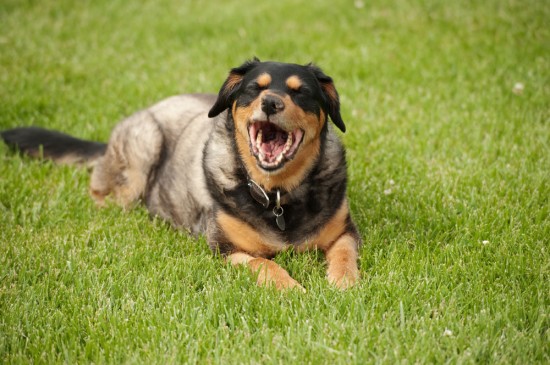 Why Is My Dog Coughing ? Ten Potential Reasons
Why Is My Dog Cou
Why Is My Dog Coughing ? Ten Potential Reasons
Why Is My Dog Cou
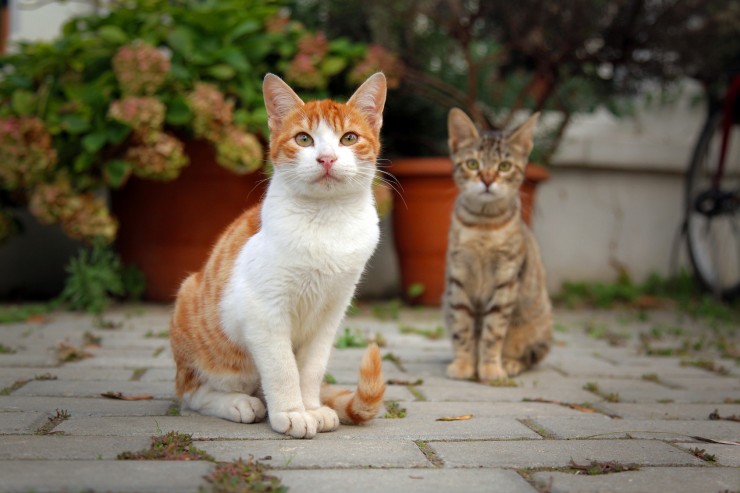 What Type Of Shelter Cats Are The Most Commonly Overlooked?
What Type Of Shel
What Type Of Shelter Cats Are The Most Commonly Overlooked?
What Type Of Shel
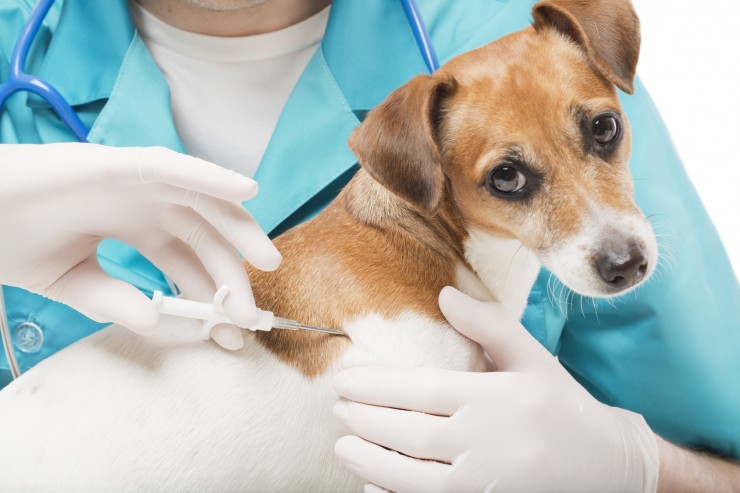 Important Information For Dog Breeders On The 2016 Microchipping Regulations
Important Informa
Important Information For Dog Breeders On The 2016 Microchipping Regulations
Important Informa
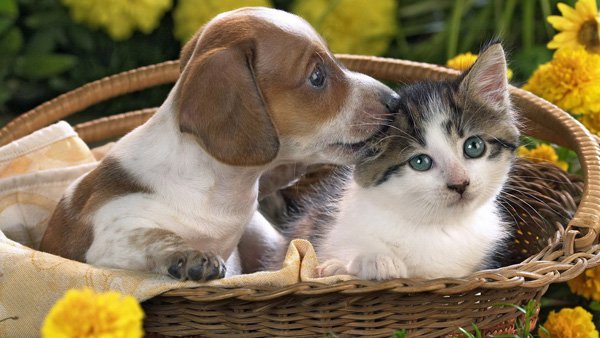 Training a dog to be obedient
Training a dog to be obedient
Dogs are usual
Training a dog to be obedient
Training a dog to be obedient
Dogs are usual
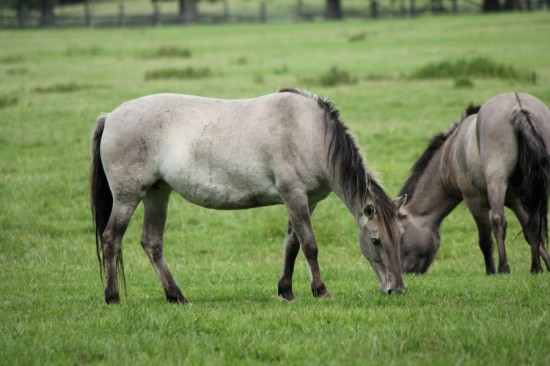 Caring For The Veteran Horse Or Pony
Caring For The Ve
Caring For The Veteran Horse Or Pony
Caring For The Ve